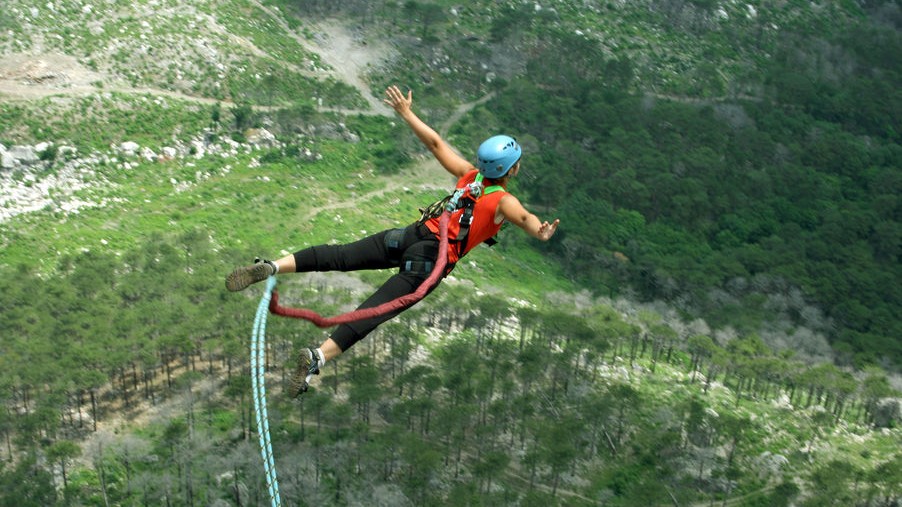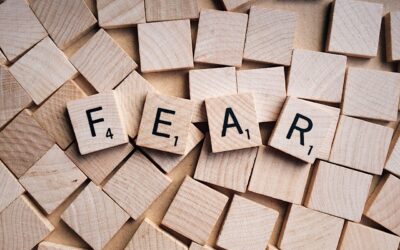Working for a courage building company, we spend a lot of time discussing how to get more courage, how to cultivate it in one’s self and others, as well as the negative aspects of instilling fear.
As fear is an antonym of courage, I decided to explore it further. Roosevelt told us that we have “nothing to fear but fear itself,” but do we really need to fear fear?
We all know what fear feels like. It comes in many forms from the nagging fear that whispers and distracts you, to the paralyzing fear that wakes you up in the middle of the night with an elephant on your chest and your heart in your throat. It can manifest in an extreme form as a phobia and can even render us motionless like an animal stuck in headlights as the vehicle hurtles toward it.
Fear can stop you from speaking up or from leaping from a precipice. Fear can also be exhilarating. Every day humans intentionally expose themselves to fear through a variety of methods including roller coasters, horror movies, bungee jumping and even diving head first out of airplanes.
Fear serves an important purpose. It is a barometer which allows us to gauge the safety of any given situation. This ability is seated in the amygdala, a pair of almond-shaped structures deep within the brain, in the medial temporal lobes and is common to all complex vertebrates meaning that it harkens back to our earliest ancestors. When a fear situation is perceived, the amygdala gets to work readying the body for fight or flight mode. Humans, with the addition of the amazing pre-frontal cortex, have the option of modulating this fear mechanism. We can use our big brains to analyze the safety of a situation and behave accordingly when the amygdala alarm trips. When this system works correctly it allows us to navigate the world, safely avoiding dangerous situations and also allowing us to progress by assessing risk and taking well-thought-out chances.
It is when this system becomes unbalanced that we run into trouble. We may be too afraid to take new opportunities or bypass risk assessment and jump directly off a cliff.
Take for example, the case of a middle aged woman named “SM.” She has a rare genetic disorder called Urbach-Wiethe disease which destroyed both sides of her amygdala in childhood. Since then she has no reservations about handling poisonous snakes, being threatened by a knife or public speaking. She doesn’t worry about what people will think about her in social situations and she has no fear of dying. She is physically incapable of feeling fear. While perhaps it may be pleasant never to feel blinding terror, she is lacking a very important tool. While she can refer to a remembered list of things she needs to avoid for her own safety, she cannot feel the unconscious alarm that alerts most of us to imminent danger. She does not have what is popularly known as “a healthy fear” for anything, and is likely to encounter life-threatening situations as a result. Fortunately for most of us, we do have this built in automatic alarm. We can go about our days blissfully unaware that our brain is scanning the environment for danger cues until something registers and the amygdala sounds the alarm.
So keep a dose of healthy fear in your super hero tool belt along with your courage. Listen to the voice that holds you back, examine what is before you and then proceed onwards.
Visit the following link for more information: Fear-Brain-Amygdala
-Brooke Weston




